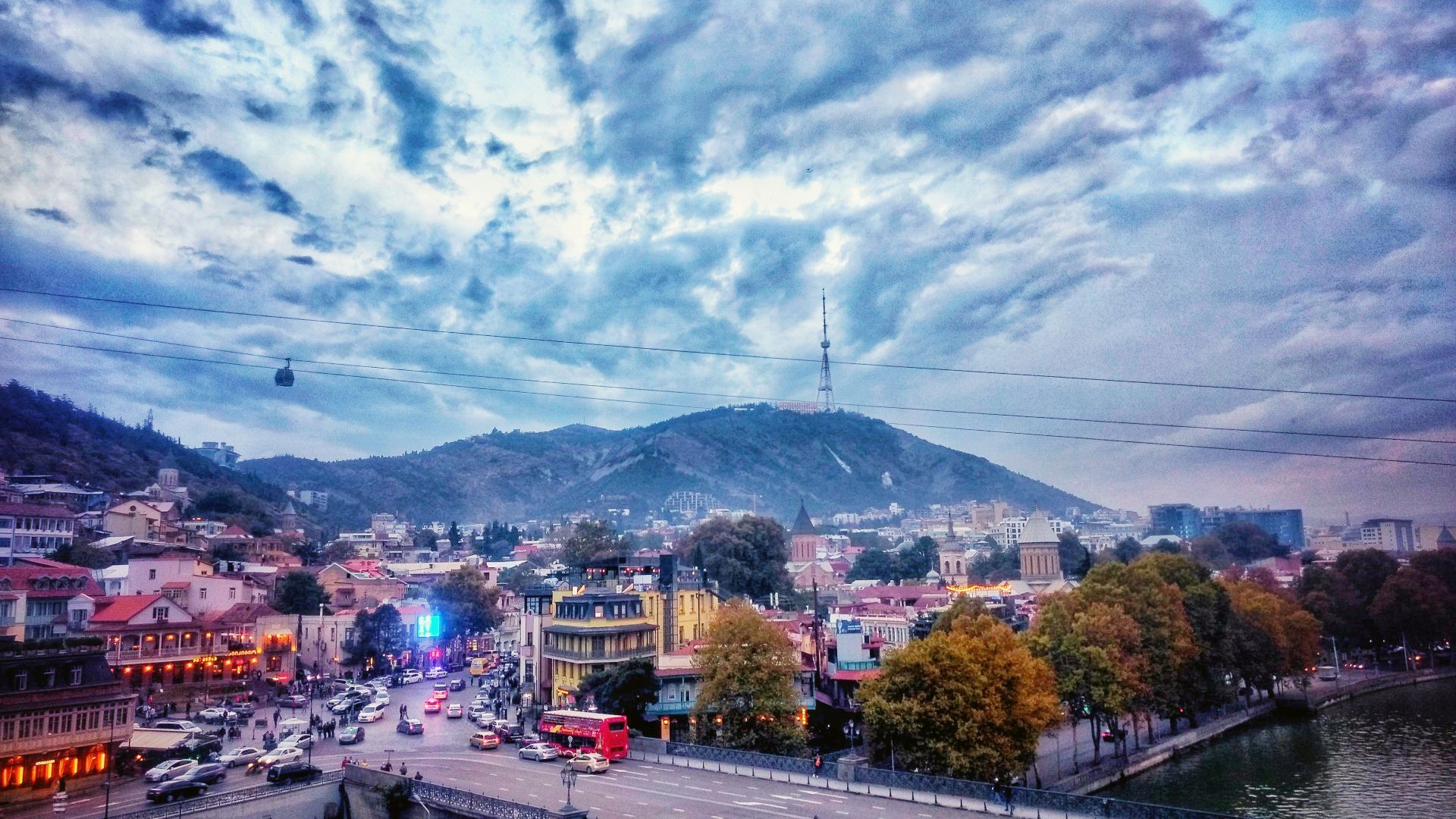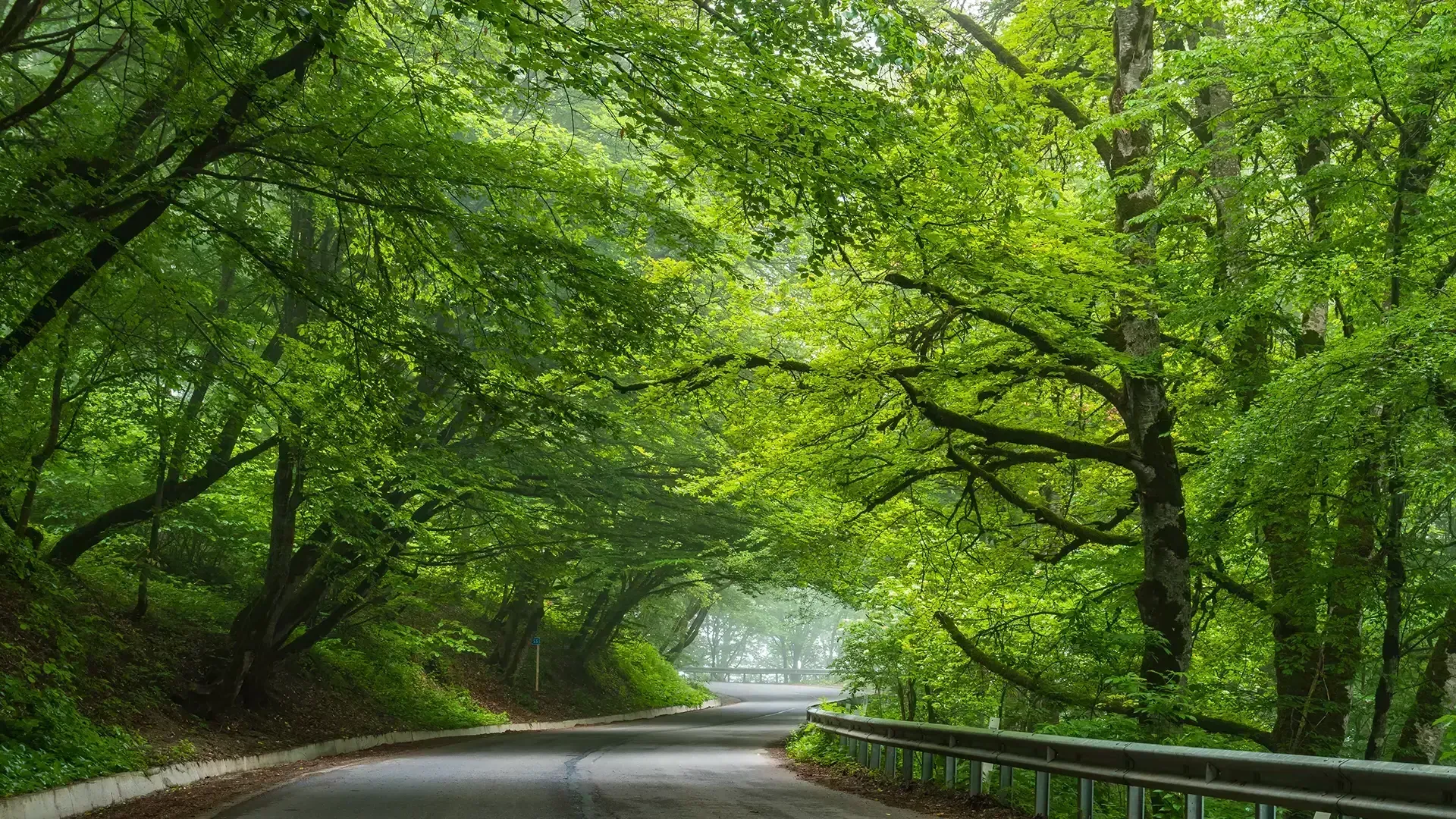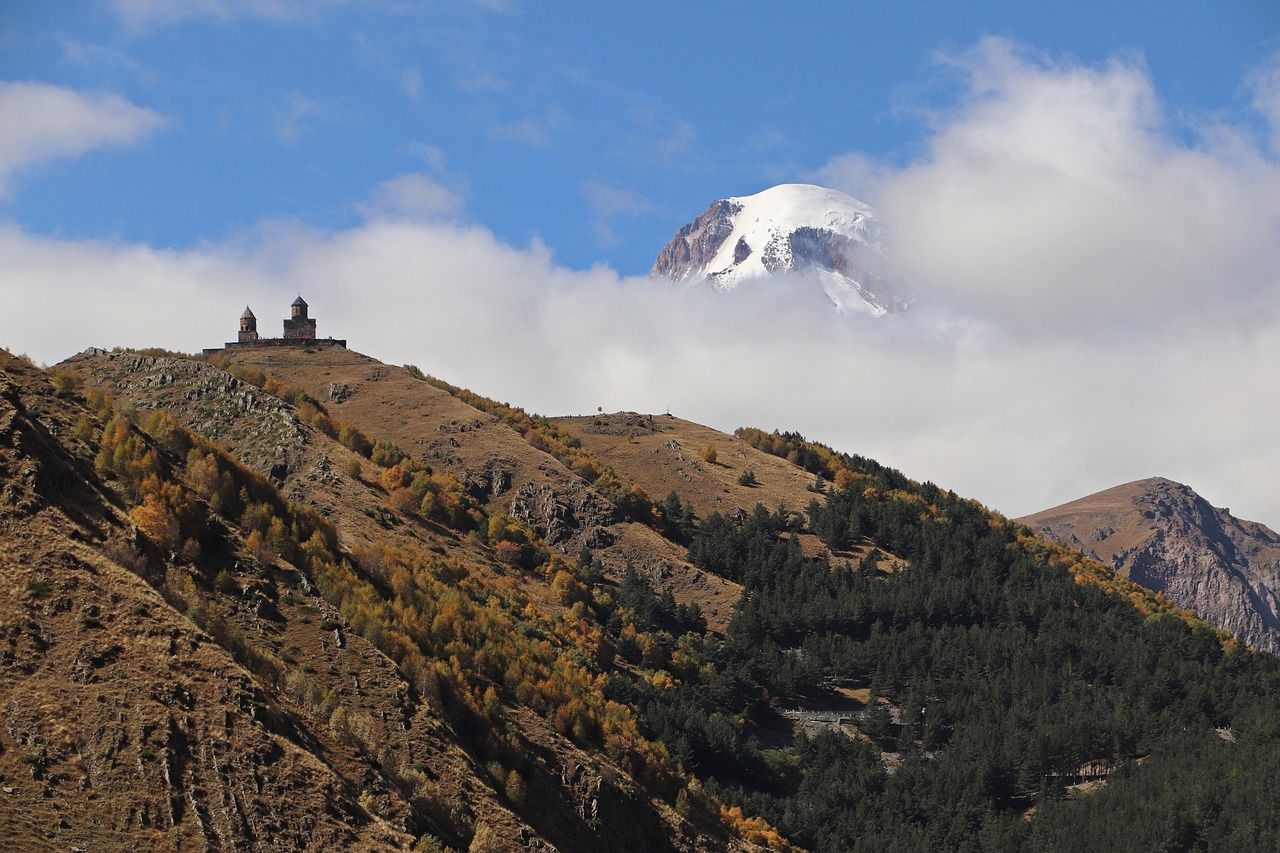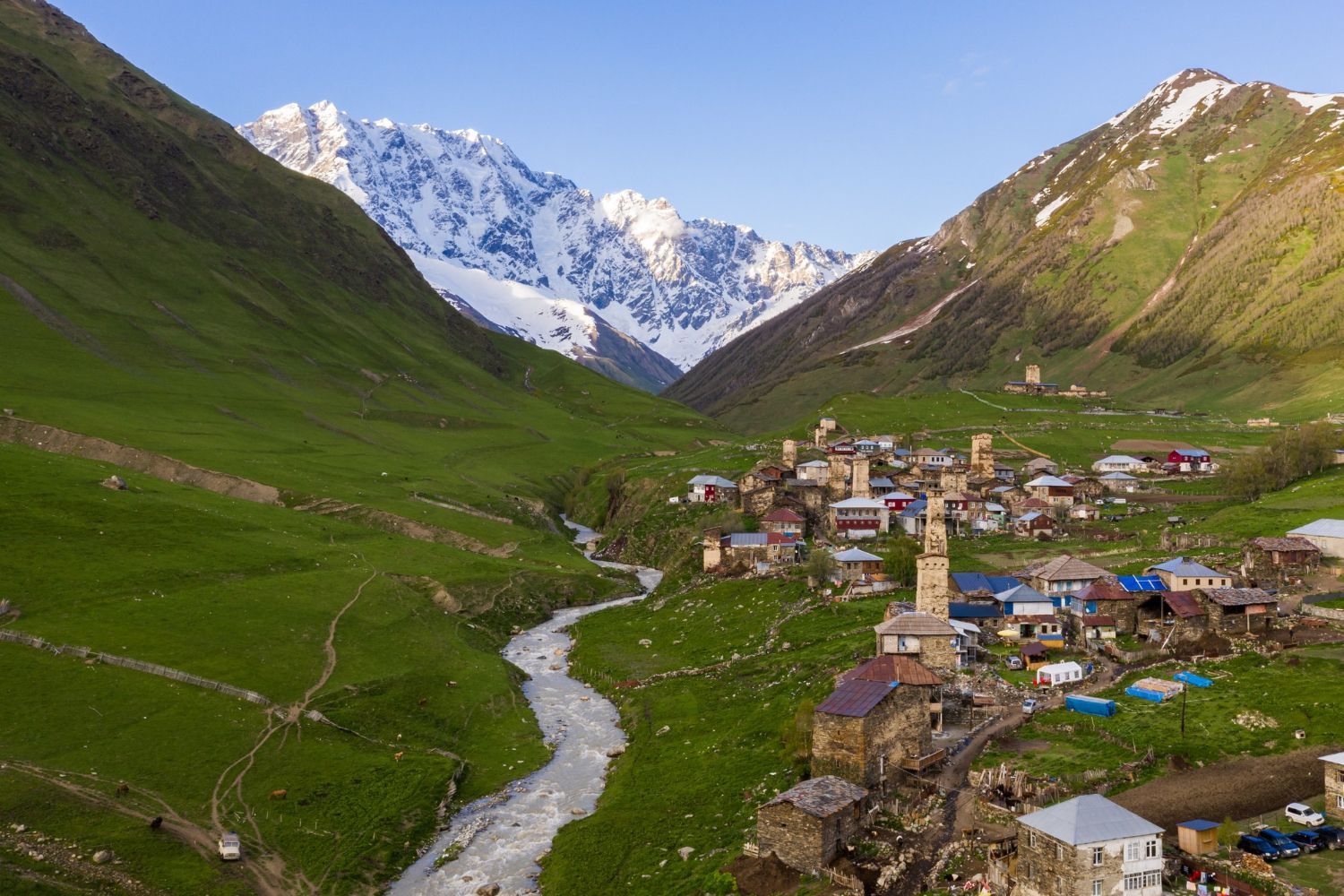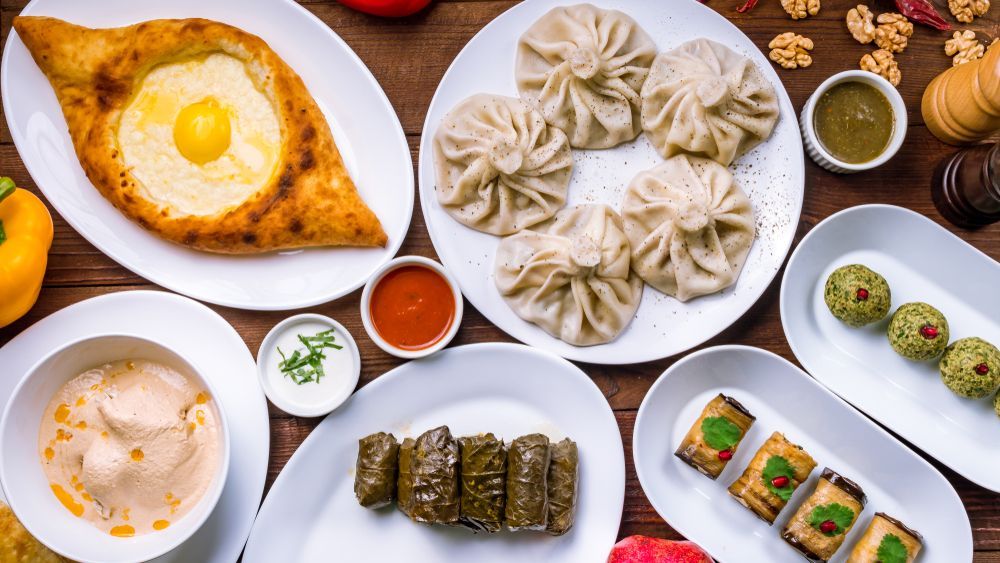Chacha: The Spirit of Tradition in Every Sip
Chacha is a traditional Georgian drink, often described as Georgian brandy or pomace brandy. It’s made by distilling the residue left after winemaking — grape skins, stems, and seeds — a byproduct known as grape pomace. Strong and flavorful, this spirit is deeply woven into Georgian national identity.
While often compared to Italy’s grappa or Balkan rakia, Georgian chacha has its own distinct taste, traditions, and character. It’s not just a drink — it’s a celebration of history, land, and craftsmanship.
The History of Chacha in Georgia
Chacha drink in Georgia has been produced for centuries, long before modern distillation techniques came into play. Georgian families, especially in rural regions, used to distill their own chacha in home-made stills, often using secret family recipes passed down through generations. In fact, distilling chacha was once an essential part of the winemaking cycle.
Today, while home production still exists, many commercial brands now produce high-quality chacha products, some of which are aged in oak barrels for extra depth and smoothness.
The Distillation Process
The distillation process of chacha begins after the wine is made. The leftover grape pomace — skins, seeds, and sometimes stems — is collected and fermented further. This fermented mixture is then distilled, traditionally in copper pots.
What makes Georgian chacha unique is the variety of grape types used. Rkatsiteli, Saperavi, and Mtsvane are some of the popular grape varieties that influence the flavor profile of the drink. The result is a spirit that can range in alcohol content from 40% to over 60%, depending on the method and purpose — with some homemade versions packing serious strength.
Types of Chacha
There are several types of chacha to try, each offering a different taste experience:
- Classic Clear Chacha: Unaged, strong, and raw. This is the most traditional form.
- Oak-Aged Chacha: Stored in barrels, often with a golden color and softer, woody flavors.
- Fruit-Infused Chacha: Made using fruits like figs, tangerines, or mulberries.
- Flavored Chacha: Some producers add herbs, honey, or spices for a modern twist.
Most chacha is bottled between 40–50% alcohol, but higher-proof options exist, particularly for local consumption.
Chacha and Georgian Culture
In Georgian culture, chacha is more than a drink — it’s a sign of hospitality and pride. It's common to find bottles of chacha on the table during family feasts, weddings, and supras (traditional Georgian banquets). Hosts often greet guests with a toast and a shot, believing chacha helps digestion and symbolizes a warm welcome.
Chacha is also used for medicinal purposes in some villages — to treat colds, disinfect wounds, or even relieve stomach pain. Whether or not that’s scientifically backed, its presence in daily life is undeniable.
Explore Chacha Tours in Georgia
For those looking to explore the roots of this potent spirit, chacha tours in Georgia are highly recommended. These tours often take visitors through local distilleries in Kakheti, Imereti, and Racha — regions known for both wine and chacha production.
You’ll see firsthand how chacha is made, taste various versions, and often enjoy them alongside traditional Georgian meals. Some wineries also offer chacha tastings as part of their wine tours, giving you a full spectrum of Georgia’s liquid heritage.
Chacha’s Global Reach
In recent years, chacha from Georgia has gained international recognition. Exported to Europe, Asia, and the United States, it’s no longer just a local curiosity. Award-winning distilleries now bottle premium chacha with elegant labels, appealing to connoisseurs and spirit collectors.
At international competitions, Georgian chacha often impresses judges with its boldness, purity, and craftsmanship. As the global appetite for artisanal spirits grows, chacha’s reputation continues to spread.
Why Chacha Matters
Chacha Georgia is not just a strong alcoholic beverage. It’s a symbol of traditional Georgian resilience, creativity, and celebration. Whether you sip it at a village supra, explore it during a chacha tour in Georgia, or bring a bottle home from your travels, you’re experiencing a piece of the country’s living history.
So next time you raise a glass of this fiery pomace brandy, remember — you’re not just drinking chacha. You’re tasting the essence of a nation.



